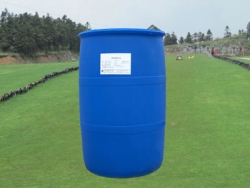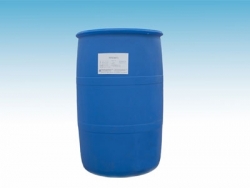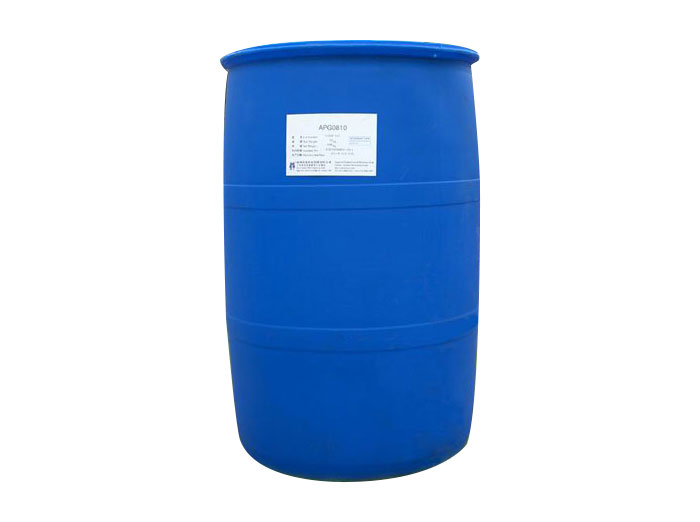The preparation methods of alkyl glycosides include Fischer method, Koenigs-Knorr method, tin tetrachloride method, starch degradation method, enzyme catalytic method, direct glycosidic method and transglycosylation method. At present, the domestic industrial production method is mainly the transglycosylation method.
The transglycosylation method (two-step method) uses a suitable lower alcohol (usually butanol) to carry out glycosidation with glucose under the action of a strong acidic catalyst to form a low-carbon glycoside, followed by a glycosidic conversion with a higher alcohol. Growth chain APG; starch degradation method is to use the transesterification reaction of starch with a lower alcohol to undergo a glycosylation reaction to form a low-carbon chain alkyl glycoside, and then exchange alcohol with a higher alcohol to prepare a high-carbon chain starch. Alkyl glycosides.

That is, the alkyl polyglycoside surfactant is synthesized by transglycosylation reaction, and this method is also a transglycosylation method, and there are few studies on the production of alkyl glycosides by starch and higher alcohol in one step; direct glycosidation method (one-step method) In the presence of a catalyst, glucose is directly reacted with a high-carbon fatty alcohol to form an alkyl glycoside; an enzymatic synthesis of an alkyl glycoside can be obtained by one-step transglycosylation reaction, thereby avoiding the addition of various protective agents through synthesis. The desired product can be obtained in large quantities by controlling the progress of the transglycosylation reaction or by increasing the concentration of a certain substance in the reaction mixture.

Alkyl polyglycosides have been found in recent years to reduce water activity and change the fluid flow state of shale voids, so they were originally used as inhibitors, but the experimental results show that this material has organic drilling fluid after it is added to the drilling fluid. Characteristic, alkyl glycoside can interact with other water-soluble polymers to achieve optimal fluid loss.
Currently, the application to the drilling fluid is mainly methyl glucoside (MEG). In addition, the drilling fluid system such as ethyl glycoside and propyl glycoside is in the indoor research stage. Jiang Juan et al. studied the synthesis and properties of n-propyl glycoside (BEG) and isopropyl glycoside (PEG). Experiments show that BEG and PEG drilling fluid systems have good rheological properties, high rolling recovery, good wetting properties and certain resistance to CaCl2, NaCl and MgCl2. The system is still in the laboratory stage.
